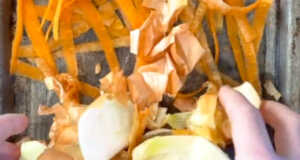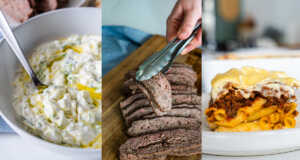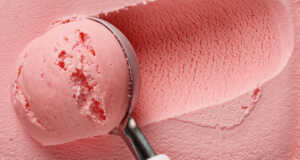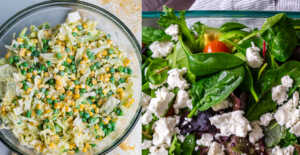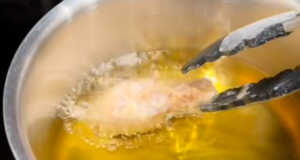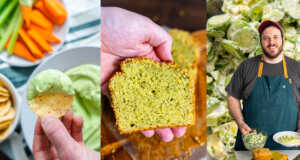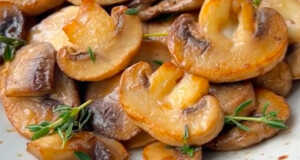It seems like you get the same take-out sushi box no matter where you buy your fish from. Each box comes with a tiny glob of ‘fake’ wasabi (it is made from mustard and horseradish), they are generally a California Roll, and they always come with a couple strips of fake plastic grass.
You would think this was an American invention, but it actually comes from a centuries-old practice that’s vital to Japanese cuisine, according to The New York Times.
Traditionally, haran (also known as baran) is made from fresh leaves rather than plastic. By putting these leaves between fish and rice, Japanese chefs can preserve the natural flavors of the ingredients and stop each of their scents from merging.
https://www.instagram.com/p/BiVInKJhOst/
Nowadays, high-end Japanese restaurants will use bamboo leaves to separate the ingredients. They are also antimicrobial and keep the fish fresher for a longer period of time. Baran is so common in Japanese cuisine that it is considered an art form called ‘sasagiri’ that involves cutting the leaves into intricate shapes.
In most grocery stores, you can still find the fake plastic grass in both the USA and Japan as it is much cheaper to produce. We hope that more grocery stores move to bamboo leaves as it is much friendlier on the planet.





